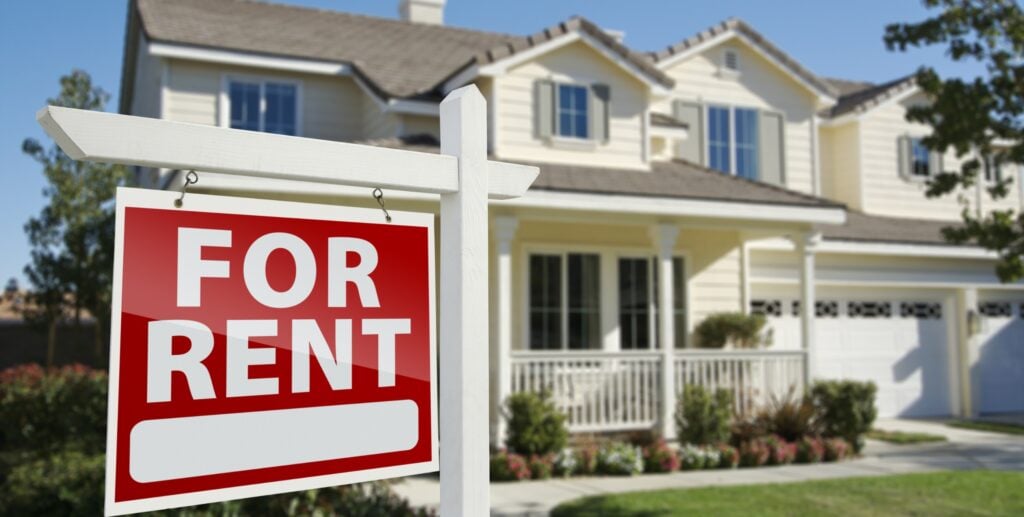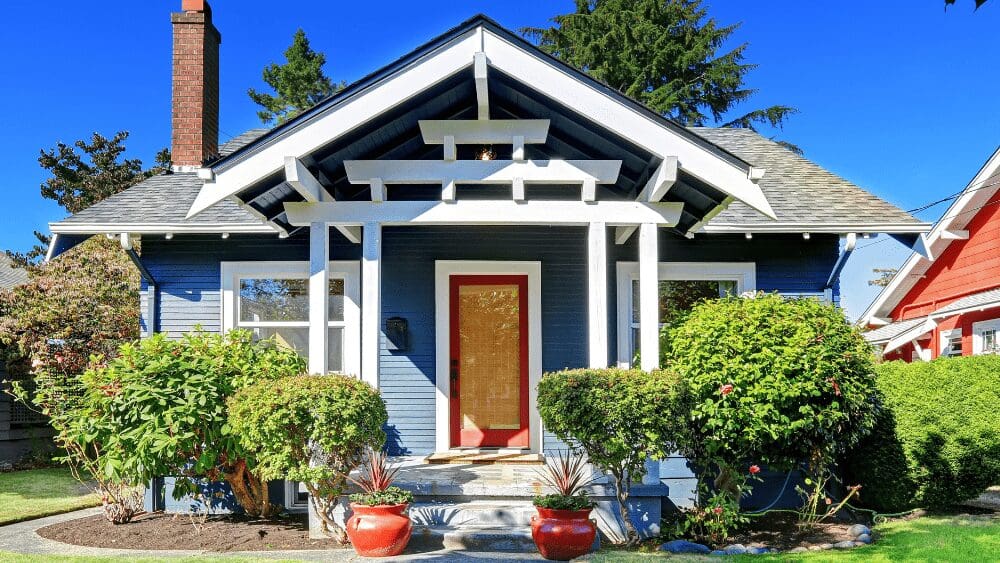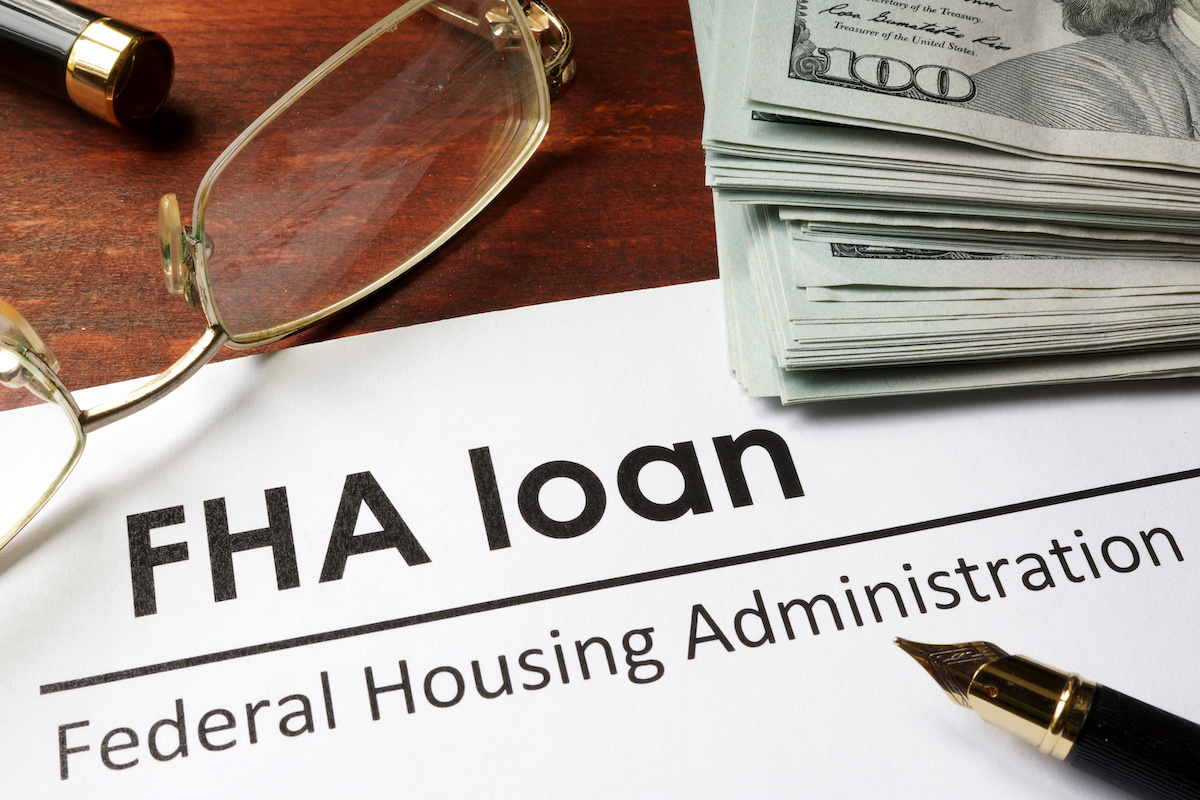As Australia struggles to meet its lofty homebuilding target, new data has revealed that tens of thousands of homes across the country are slated for demolition.
Data from the Australian Bureau of Statistics shows that more than 20,000 homes were approved for demolition in the past year.
The vast majority of properties slated to be demolished were houses, with 18,864 approved to be razed, compared with 1146 units.
One city is leading the demolition drive, with 6075 Melbourne properties approved to be torn down.
Sydney is the next most popular city for demolitions, with plans to knock down 5351 houses and 340 units.
Melbourne and Sydney have the most houses approved for demolition, followed by Brisbane and Perth. Picture: Getty
In Brisbane, 2106 properties were approved to be pulled down, while Perth has 1433.
The smaller capitals have far fewer demolitions planned. Just 249 homes were approved for demolition in Canberra, followed by Adelaide (58), Hobart (37), and Darwin (17).
Approved house demolitions - year to March 2025
| City | Approved demolitions |
| Sydney | 5351 |
| Melbourne | 5936 |
| Brisbane | 1976 |
| Adelaide | 55 |
| Perth | 1214 |
| Hobart | 23 |
| Darwin | 17 |
| Canberra | 238 |
Outside the capitals, regional NSW (1759) is where the most homes will be bulldozed, followed by regional Queensland (1152) and Victoria (1042).
The data covers the year to March 2025, meaning many of these homes are likely already long gone.
However, while the data shows plans to remove tens of thousands of homes from Australia’s housing stock, more than nine times as many homes were approved for construction in the same period.
Approved unit demolitions - year to March 2025
| City | Approved demolitions |
| Sydney | 340 |
| Melbourne | 139 |
| Brisbane | 130 |
| Adelaide | 3 |
| Perth | 219 |
| Hobart | 14 |
| Darwin | 0 |
| Canberra | 11 |
In the 12 months to March, about 181,000 new homes were approved, which will be a welcome boost to aid the nation’s ongoing housing shortage once constructed.
However, this is far slower than what’s required to hit the federal government’s target of building 1.2 million new homes by 2029.
Demolitions clear way for more homes
The main reason homes are demolished is to make way for new properties being constructed, said REA Group senior economist Anne Flaherty.
“Demolitions happen because new homes are being built,” she said. “We do see more homes approved than are demolished.”
“But if we look at how many homes we need to build, we need to take into account the fact that a percentage of the new homes that are going to be built are going to result in demolitions.”
Many demolitions yield a greater number of homes if apartments, townhouses or duplexes are built on sites previously occupied by just one house. Picture: Getty
The demolition data likely includes many instances where one house is expected to be replaced by two or more homes, such as duplexes or townhouses, or where a handful of houses are to be replaced by an apartment complex.
“Hopefully for every home that’s demolished, it can result in more than one home that’s replacing it,” Ms Flaherty said.
The densification of established suburbs has been proposed as one answer to the housing crisis, with suburbs along transport corridors offering the greatest potential for increased medium and high density housing.
New planning controls, such as the NSW Transport Oriented Development Program, are expected to boost the number of apartment buildings being constructed across the suburbs – a move that would potentially lead to more older homes being knocked down to make way for increased numbers of units.
However, high construction costs and interest rates have affected the feasibility of many development projects in recent years, restricting the number of new homes being built and resulting in fewer demolitions than in previous years.
Much fewer units were approved for demolition than houses. Picture: Getty
Demolition approvals peaked in the year to June 2022, when interest rates were still low and Australia was in the midst of a home building boom and construction costs hadn’t yet skyrocketed to current levels.
Building approvals also reached a peak during Australia’s low interest rate years, a time when owner-occupiers were offered sizeable grants through the HomeBuilder scheme.
While approvals have ticked up recently, there are far fewer homes being approved for construction than during that period.
Cost crunch causes construction shift
Ms Flaherty said high interest rates and construction costs had also influenced the types of homes being built across Australia.
“It’s very expensive to build new which means the kinds of homes being built are the ones most likely to generate sufficient profits for developers,” she said.
“House and land packages in outer areas are broadly the most feasible new housing product at the moment.”
“When it comes to building apartments and townhouses, the cost per square metre is much higher than a house, so we’re not seeing the same degree of new unit development that we have seen previously.”
Falling interest rates and rising property prices would encourage more new units to be approved for construction. Picture: Getty
Furthermore, much of the unit stock being developed at the moment is focused at the higher end of the market, Ms Flaherty said, which was more profitable compared with more affordable homes.
Low rates and high prices could kick off building boom
Ms Flaherty said construction costs were unlikely to decline, meaning other factors would need to shift in order for more projects to get off the ground.
“As interest rates come down that’s going to help to make more projects feasible,” she said.
“Dwelling approvals are really picking up in states where price growth has been stronger, and once we start to see home price growth pick up in Victoria and NSW, we would expect to start to see an increase in dwelling approvals.”
Are you interested in learning more about home building? Check out our dedicated New Homes section.



















 English (US) ·
English (US) ·